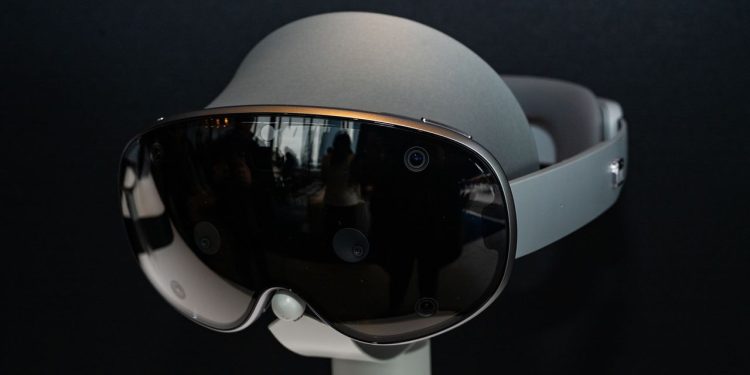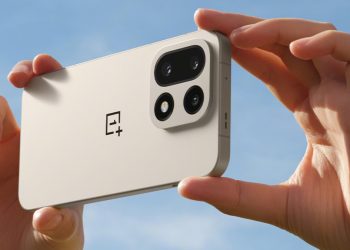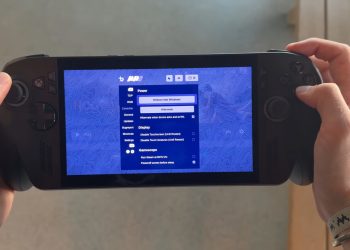He was five years since Samsung and Google stopped supporting their respective mobile virtual reality headsets. For a second try, the companies teamed up with a bolder vision in the mixed reality space, starting with the new Galaxy XR. Announced last year as Project Moohan, it’s the first headset powered by Android XR, a new platform for smart glasses and headsets built on Android and Google’s Gemini Assistant from the ground up.
The Galaxy XR is available today in the US and South Korea for $1,800. (You can finance it for $149 per month for 12 months.) That’s a step up from standard VR headsets like the Meta Quest 3, but a significantly lower price than the $3,499 Vision Pro, which Apple is refreshing this week with the new M5 processor.
Galactic Vision
Photography: Julian Chokkattu
I was able to demo the headset again last week at a closed-door media event in New York hosted by Samsung, Google, and Qualcomm (the Galaxy XR is powered by Qualcomm’s Snapdragon The official name and price were the two big question marks, but they have now been resolved.
The Galaxy XR claims to do almost everything Apple’s device does. Put on the headset and you can see the room you’re in through the pancake lenses and overlay virtual content on top, or take you to another world. Your hands are the input (controllers are available for separate purchase) and it uses eye tracking to see what you want to select. You can access all your favorite apps from the Google Play Store; XR applications will carry the “Made for XR” label.
Samsung’s headset is more plasticky and doesn’t feel as premium as Apple’s Vision Pro. I noticed that the captive battery on a demo unit looked well worn with fingerprint marks on the coating. But this overall construction makes it significantly lighter to carry. I didn’t get to try it for a long time, but I felt comfortable, the only problem being a sweaty forehead after a 25 minute bout with it. The headset was warm on top, but the battery remained relatively cool. Speaking of which, the battery lasts 2 hours or 2.5 hours if you only watch videos. That’s on par with the original Vision Pro, although the M5 version expands it to 2.5 with mixed use.









